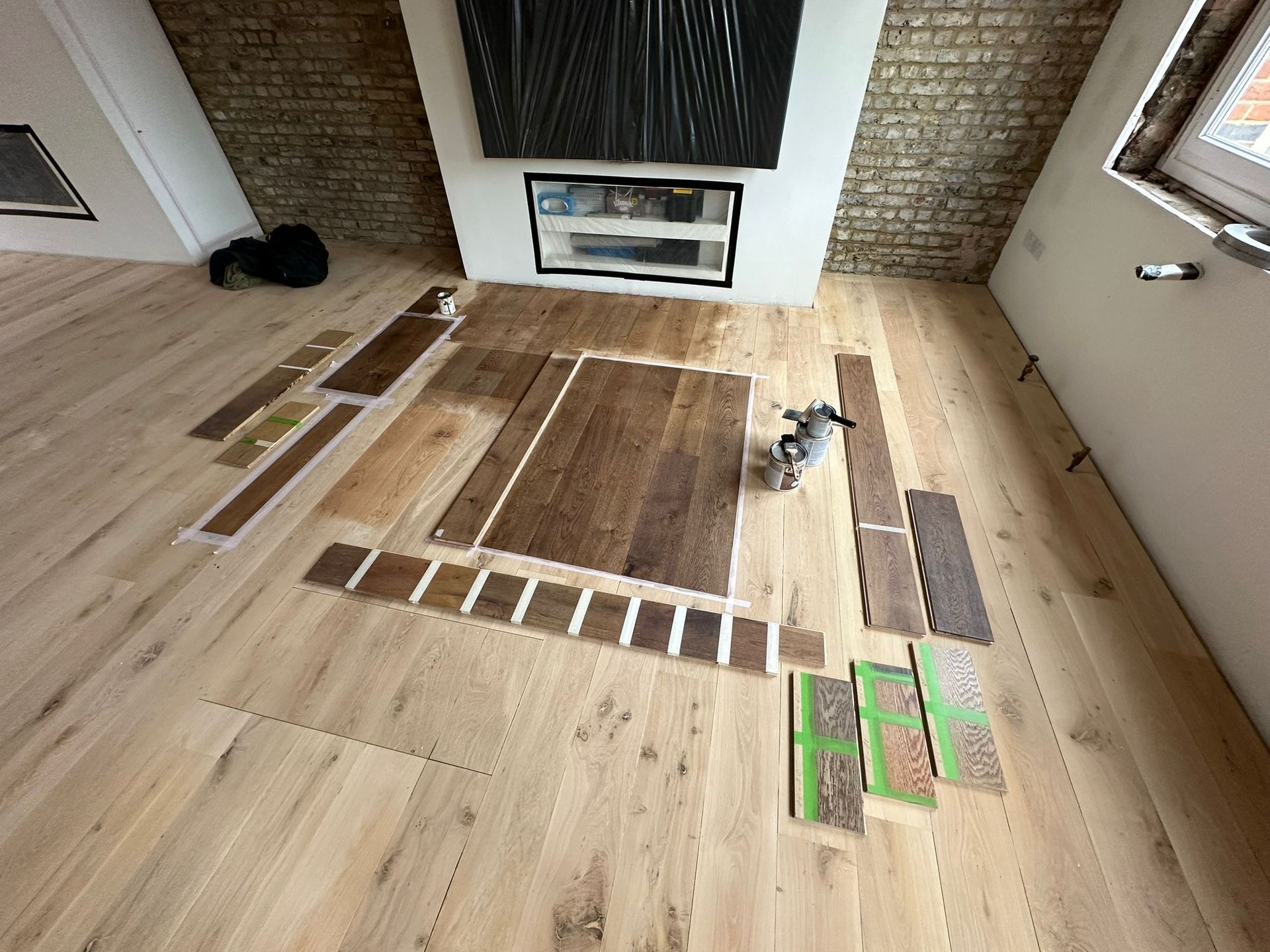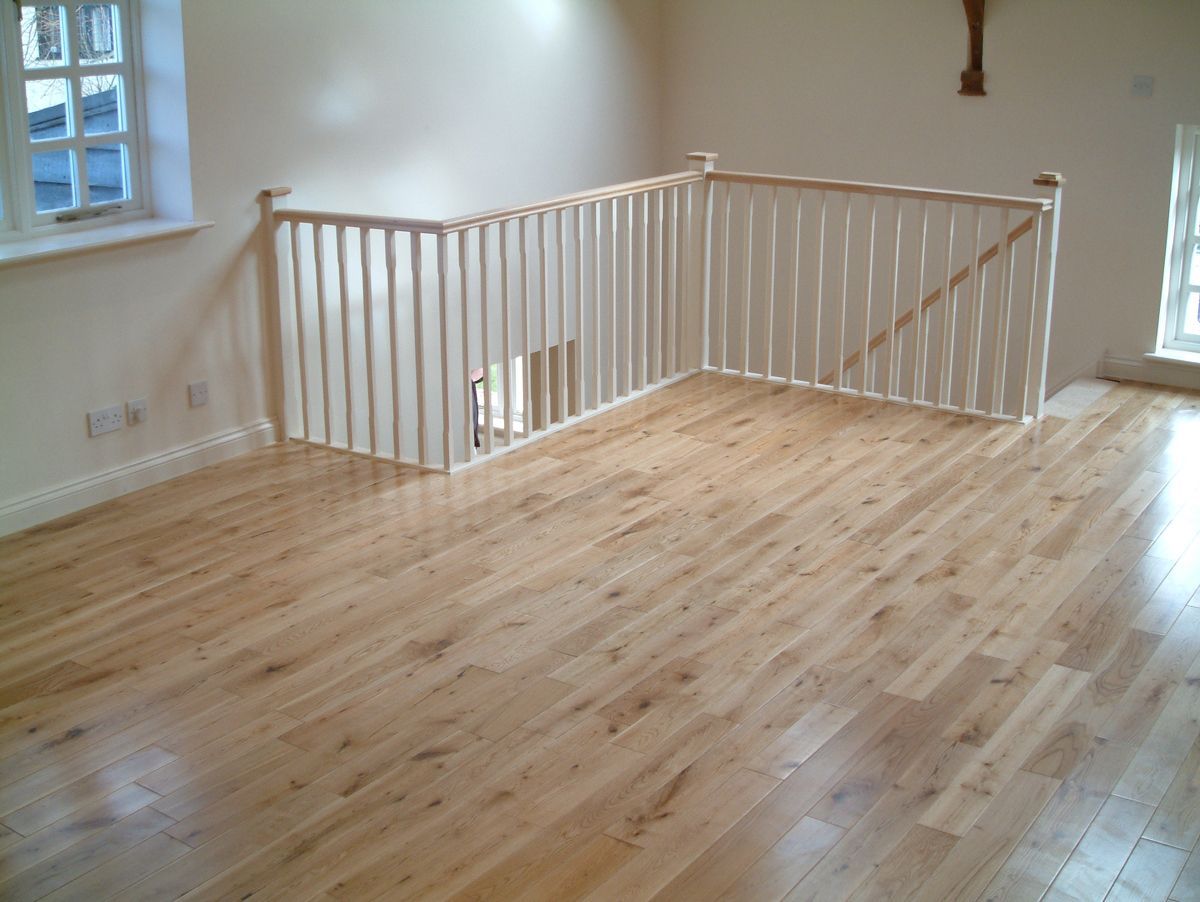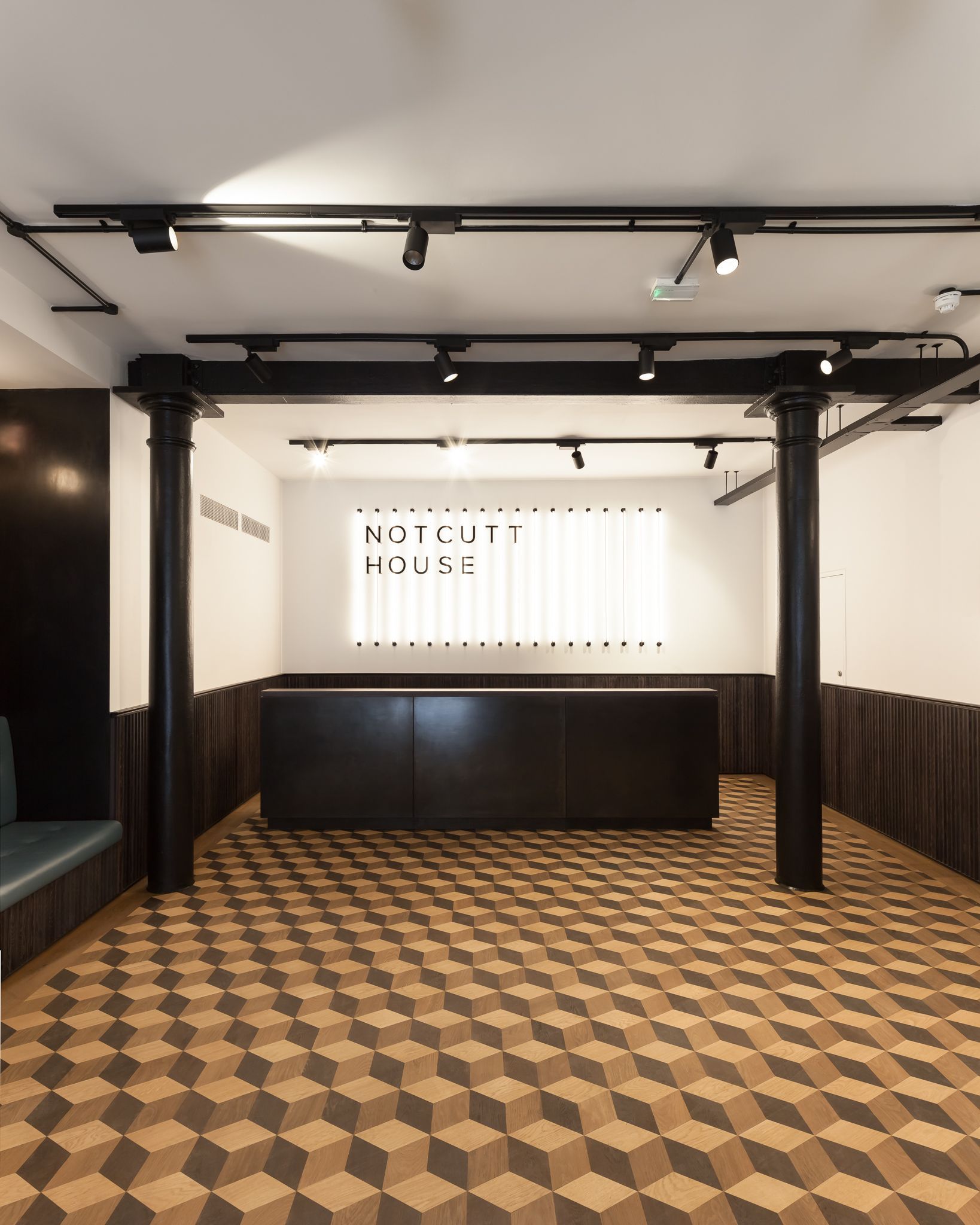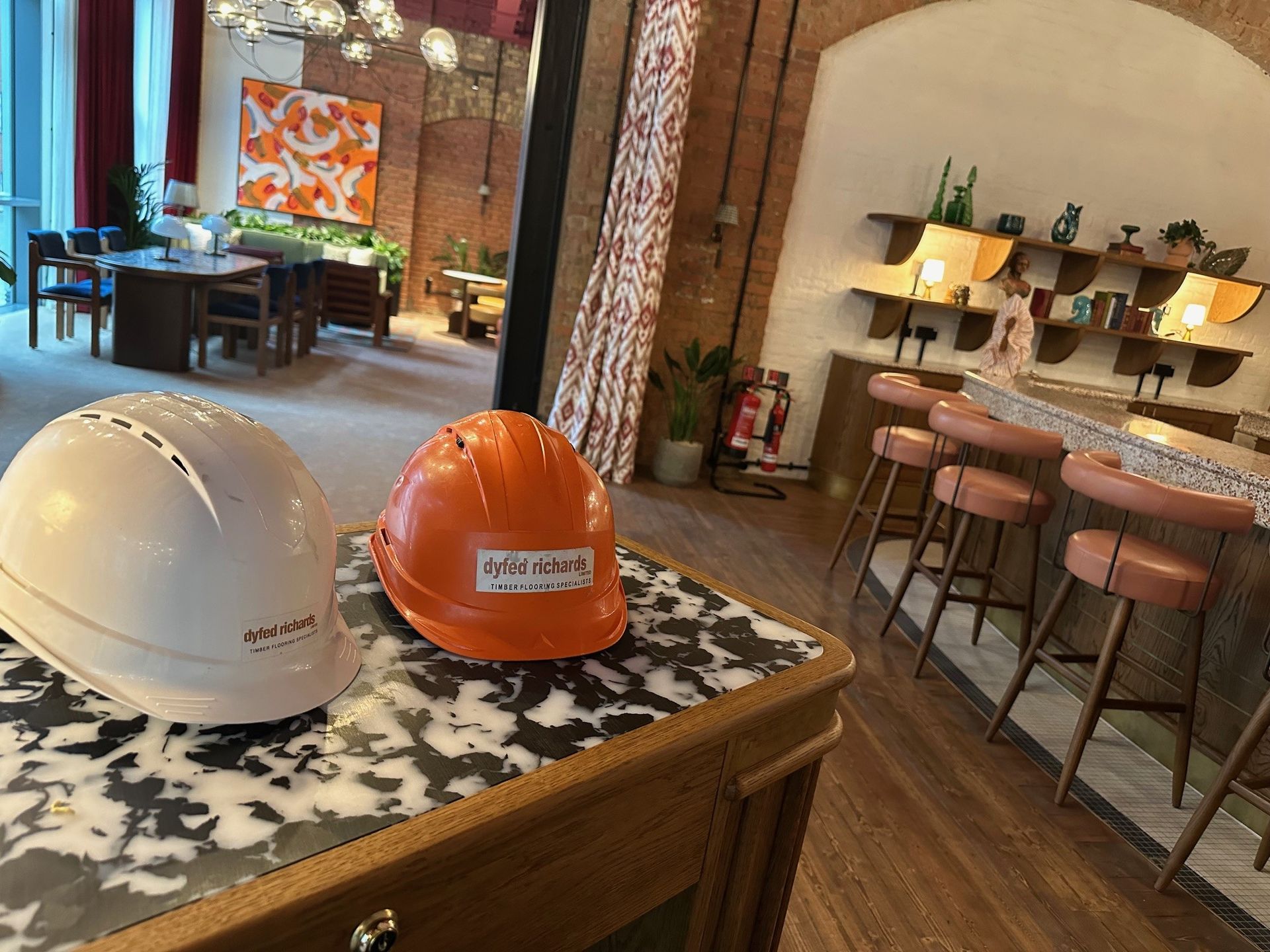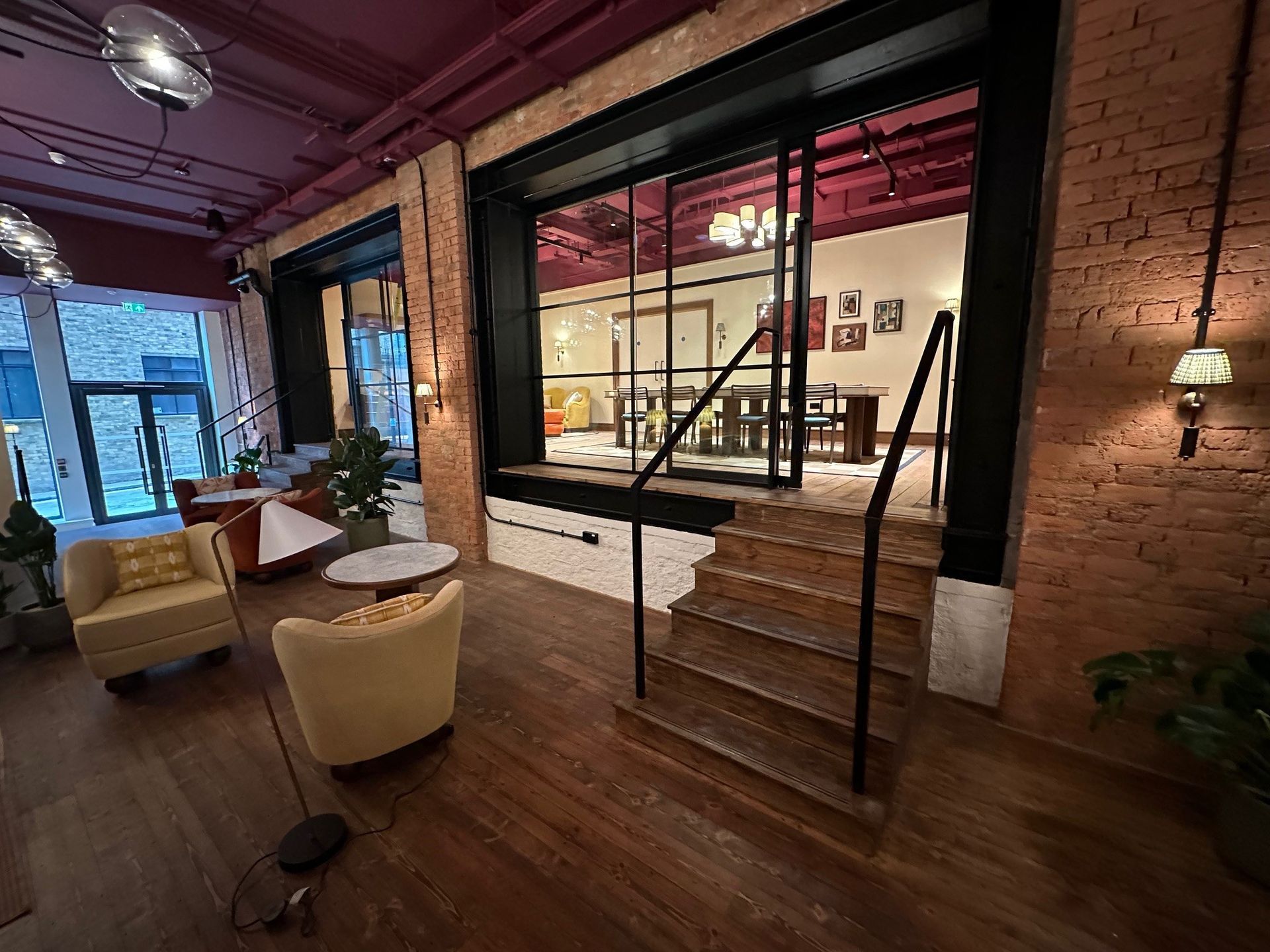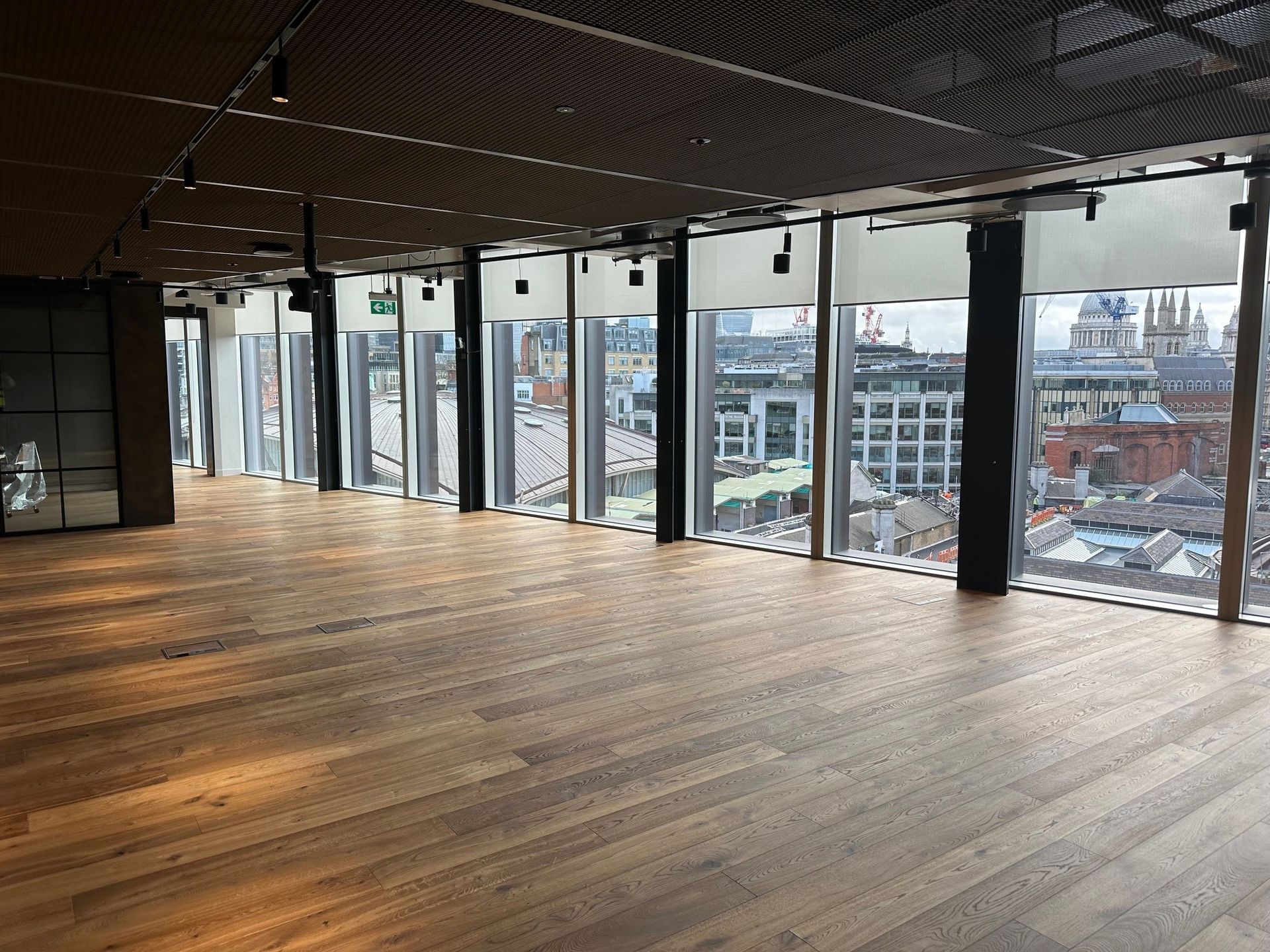How to Mix and Match Wood Tones Like a Pro
The secrets to harmonising different wood finishes for stylish and balanced interiors
Choosing wooden flooring or furniture is rarely a one shade decision. Whether you are designing a commercial space or a residential interior, you will often need to combine multiple wood tones. The result can be rich and cohesive or disjointed and jarring depending on how well the tones are matched.
Understanding how to layer wood tones successfully is key to creating interiors that feel polished and purposeful. This guide explores practical ways to mix different wood shades with confidence and sophistication.
Why Mixing Wood Tones Matters
Wood adds warmth, texture and natural variation to a space. Using only one tone throughout can feel flat or overly uniform. Mixing multiple finishes introduces visual depth and contrast. When done thoughtfully, it can enhance everything from modern offices to traditional homes.
However, without a clear approach, the result can feel chaotic. Clashing undertones, mismatched grains and inconsistent finishes can undermine the effect. The key is balance.
Understand Undertones First
All wood tones whether light oak or deep walnut have an underlying hue. These undertones tend to fall into three main categories:
- Warm tones such as honey, chestnut and reddish woods
- Cool tones such as grey washed or ashy finishes
- Neutral tones such as natural oak or mid brown elm
The most successful wood combinations share a similar undertone family. For example, pairing a warm walnut floor with a cool ash cabinet may feel mismatched. In contrast, warm toned accessories or furniture can help tie together other warm finishes.
If in doubt, place samples next to each other in natural light. This helps clarify which direction the undertones lean.
Choose a Dominant Wood Tone
To create a sense of cohesion, start by selecting one wood finish as the anchor. This is usually the largest surface in the room such as the flooring, panelling or a key piece of furniture.
Once the dominant wood tone is chosen, layer in two or three complementary tones to add interest. These supporting tones should enhance rather than compete with the main shade.
For instance, a commercial interior might feature wide plank oak flooring as the base, paired with walnut shelving and light beech seating. The variation feels intentional and balanced.
Vary the Grain and Texture
Tone is not the only factor that affects the final result. The grain and texture of each wood type also play a key role.
- Smooth finishes reflect more light and work well in contemporary or minimalist designs
- Rustic textures such as hand scraped oak or reclaimed pine add character and suit industrial or vintage spaces
- Prominent grain patterns can either complement or contrast depending on their intensity
When mixing woods, consider both colour and surface. A subtle grain in one piece can balance a bolder grain in another. Texture variation also prevents the space from feeling too uniform.
Use Accent Elements to Connect the Tones
Accent features like trims, frames, furniture legs or decorative pieces can help link different wood tones. These act as subtle connectors, easing transitions between finishes
.
Examples include:
- A walnut frame on a pale wood door that adds unity
- Matching table legs with flooring to ground the design
- Neutral fabrics or wall colours to soften strong contrasts
Metals and textiles also influence the overall look. Brass works well with warmer tones, while black or chrome pairs naturally with cooler woods.
Keep it to Three Tones or Fewer
While variety can be visually interesting, using too many wood tones can overwhelm the space. A helpful guideline is to limit yourself to no more than three distinct finishes in one room.
You can still introduce subtle variation by changing grain direction or finish. For example, two types of oak with different stains can work well together if their undertones are compatible.
This approach maintains consistency without sacrificing character. It is particularly useful in larger interiors where different areas need to feel connected but not identical.
Consider the Role of Light
Lighting significantly affects how wood tones appear. Natural light reveals true colour and grain, while artificial lighting may enhance or dull certain hues.
Test wood samples in the actual space at various times of day. This is especially important in commercial or client facing areas where visual consistency is key.
In home interiors, pay attention to whether darker tones make a space feel smaller or more enclosed. Light should always guide your material choices.
Balance with Neutrals
Neutral colours and materials can help bring balance when mixing bold wood tones. Shades like white, soft grey, beige or muted greens and blues offer breathing space between rich timber surfaces.
Soft furnishings, rugs and painted walls in calming colours give the eye a break. They also add elegance and prevent the overall scheme from feeling too rustic or overpowering.
Final Thoughts
Blending different wood tones is a smart way to add character and warmth to any interior. By focusing on undertones, choosing a dominant base, introducing texture and keeping the palette controlled, you can achieve a timeless and cohesive design.
Whether you are designing a workspace, a hospitality venue or a home, knowing how to mix and match wood tones like a pro ensures the end result feels both natural and refined.
